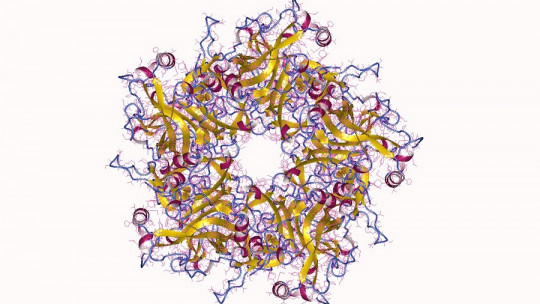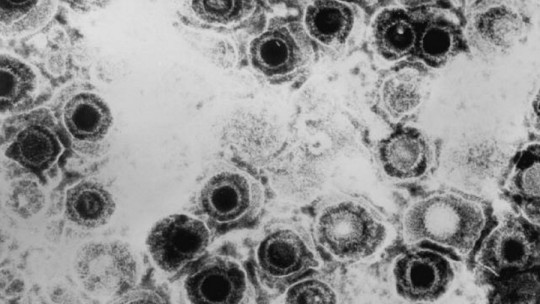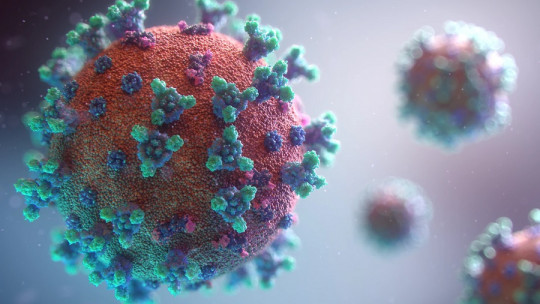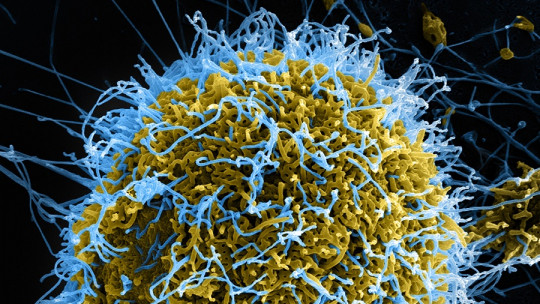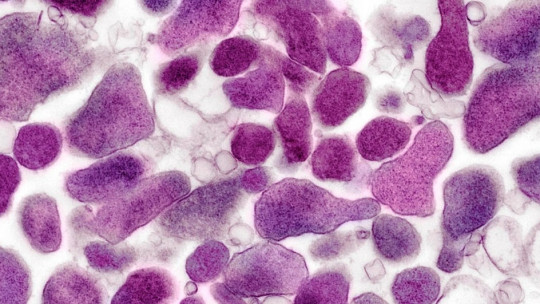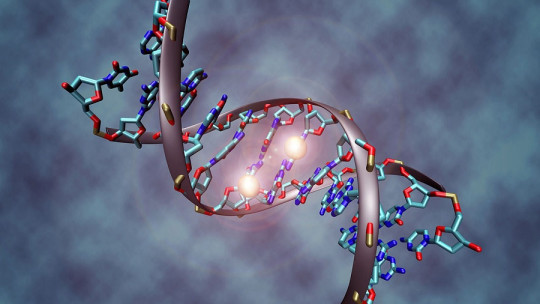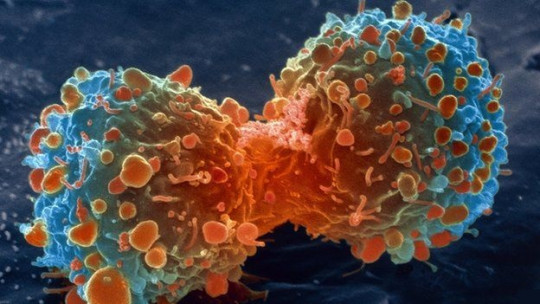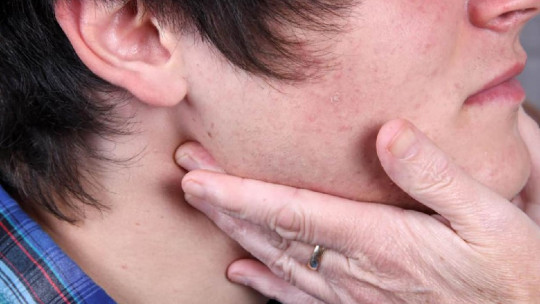Human papillomavirus (HPV) is a term that encompasses diverse groups of DNA viruses belonging to the family Papillomaviridae. According to various professional sources, there are more than 200 types of HPV, of which around 40 are correlated with infections in the genital area and sexual contact.
We are facing a viral family that can cause anything from a slight self-resolving wart over time to cervical cancer in women. Of course, it is impressive to know that within the same family, different members can generate such diverse problems in human beings. Furthermore, of the 16 existing genera, only 5 affect our species, the rest being pathogenic agents for other animals.
To make things more interesting, we will say that it is estimated that more than 90% of sexually active people have HPV at some point in their lives, that is, practically every adult becomes infected. Incredible true? Below, we show you everything you need to know about this multifaceted viral family.
What is human papillomavirus? From wart to cancer
Human papillomavirus infections occur worldwide, that is, there is no country, ethnicity, age or sex immune to this infectious agent. Before launching into the exciting epidemiology of the disease, let us briefly describe the causal agent.
Small but tough
As we have said previously, the term HPV does not correspond to a specific viral species, but to an entire family. Even so, all the pathogens included in this group share a series of characteristics. For example, all of them are double-stranded DNA viruses (that is, their genome is made up of DNA) with about 8,000 base pairs. The genome of these pathogens can be divided into an early region (E), a late region (L) and a control region
As far as morphological structure is concerned, it should be noted that they lack an envelope and have a diameter of about 50 nanometers. It is an extremely simple virus, since a single protein (L1) is sufficient for the complete formation of the capsid that protects the genetic information of the pathogen. There is another much less abundant coat protein (L2), which still has functions that have not been fully described.
Because the capsid-forming proteins of all papillomaviruses are antigenically similar, these viruses cannot be classified into different serotypes (i.e., based on cell surface antigens). Thus, The subtypes described are based on differences in the DNA double helix (for example, HPV 16 or HPV 1). It should be noted that for a specific virus to be considered a subtype, the genetic difference with respect to its peers must be 2 to 5%.
A diverse pathogenesis
Once we have made a concrete mental image of this problematic pathogen, It is essential that we divide human papillomaviruses according to their dangerousness , that is, whether they are oncogenic or not. Go for it.
1. Cutaneous HPV
If any of the readers, upon observing a wart on their body, believe that they are dealing with a skin lesion due to trauma, they are mistaken. It is surprising to know that warts are formed by HPV infection yes, of completely different subtypes than those that cause cervical cancer (in most cases).
So that, We can see common, flat, palmoplantar warts, etc These respond to various papillomaviruses: HPV 1, HPV 2, HPV 3, HPV 4, HPV 26, HPV 41 and a very long list of numerical concatenations. In the vast majority of cases, these are ubiquitous and asymptomatic infections, that is, they are widely distributed and do not cause any harm, as they resolve on their own over time.
This type of infection can affect up to 10% of children and adolescents, and the virus penetrates the epidermis and spreads by autoinoculation, causing this characteristic formation that can last up to 18 months after the primary infection. Of course, in the world of warts there is nothing to worry about.
2. Genital HPV
Here things get complicated. It is necessary to point out that the vast majority of genital HPV infections in young women are temporary and have little long-term significance To the relief of any reader, 70% of infections clear up on their own within one year, and 90% within two years. Even so, it is necessary to report the atypical, and that is that potentially oncogenic HPVs are found in this group.
Unfortunately, HPV 16 and HPV 18 subtypes are responsible for 70% of cervical cancers and precancerous lesions in this same area. Although in most cases these types of infections are self-resolving, in a small percentage of the population they become permanent conditions, which can convert normal cells into precancerous lesions or cancer.
Of the more than 150 types of existing human papillomaviruses, around 14 are considered oncogenic , but unfortunately HPV infection is the most common STI worldwide. For this reason, it is estimated that in 2018 some 311,000 women died as a direct result of the infection. More than 85% of deaths occurred in low- and middle-income countries. We are not only dealing with the female gender from a binary point of view, since oncogenic HPVs have also been correlated with cancer of the penis, anus, head and neck.
It should be noted that not all HPVs that cause genital infections are high risk. For example, HPV 6 and 11 are correlated with the majority of appearances of warts on the sexual organs, but they are considered low oncological risk, since their probability of generating cancer in humans is low.
A cosmopolitan distribution
Covering the symptoms and treatment of human papillomavirus is virtually impossible since the existing subtypes manifest themselves in different ways and the transmission methods are diverse (although they come together in the production of warts, for example).
We find it much more interesting, in this case, to carry out a global map of this viral family and contextualize it from a population point of view Go for it:
From a purely epidemiological point of view we are facing a viral family of fascinating nature, since its distribution is cosmopolitan and does not include ethnicity, age or gender. Luckily most infections are harmless otherwise we would find ourselves facing a serious global problem that is difficult to eradicate.
It should be noted that, due to their exaggerated prevalence, highly effective vaccines have been developed against HPV subtypes 16 and 18. It is recommended that women get vaccinated before beginning sexual activity, since this preventive treatment provides little benefit to a person who is already sexually active. found infected.
Summary
As we have seen, we are facing a fascinating (but relatively dangerous) viral family, with so much information and infectious dynamics that a book could be written about it without any difficulty. If we want to make something clear, it is that There are many subtypes of human papillomavirus, most of them harmless, but a few (at least 14) of high risk due to its potential to generate cancer in the individual.
When any reader examines a wart from now on, they will know the truth behind it: a harmless infection. Papillomaviruses are a multifaceted and problematic family of pathogens, but they are still fascinating viruses from an epidemiological point of view.

